Deserts might seem barren, but they’re full of incredible beauty and unique stories. From scorching sands to icy landscapes, deserts come in all shapes and sizes. In this article, we’re diving into the 15 largest deserts in the world—each one fascinating in its own way.
What Makes a Desert, Anyway?
A desert isn’t just about sand. Deserts are defined by their low rainfall, usually less than 10 inches (25 cm) annually. They can be hot, like the Sahara, or freezing, like Antarctica. Surprised? Let’s break down the top 15 largest deserts and uncover their secrets.
1. Antarctic Desert (13.8 million sq. km)
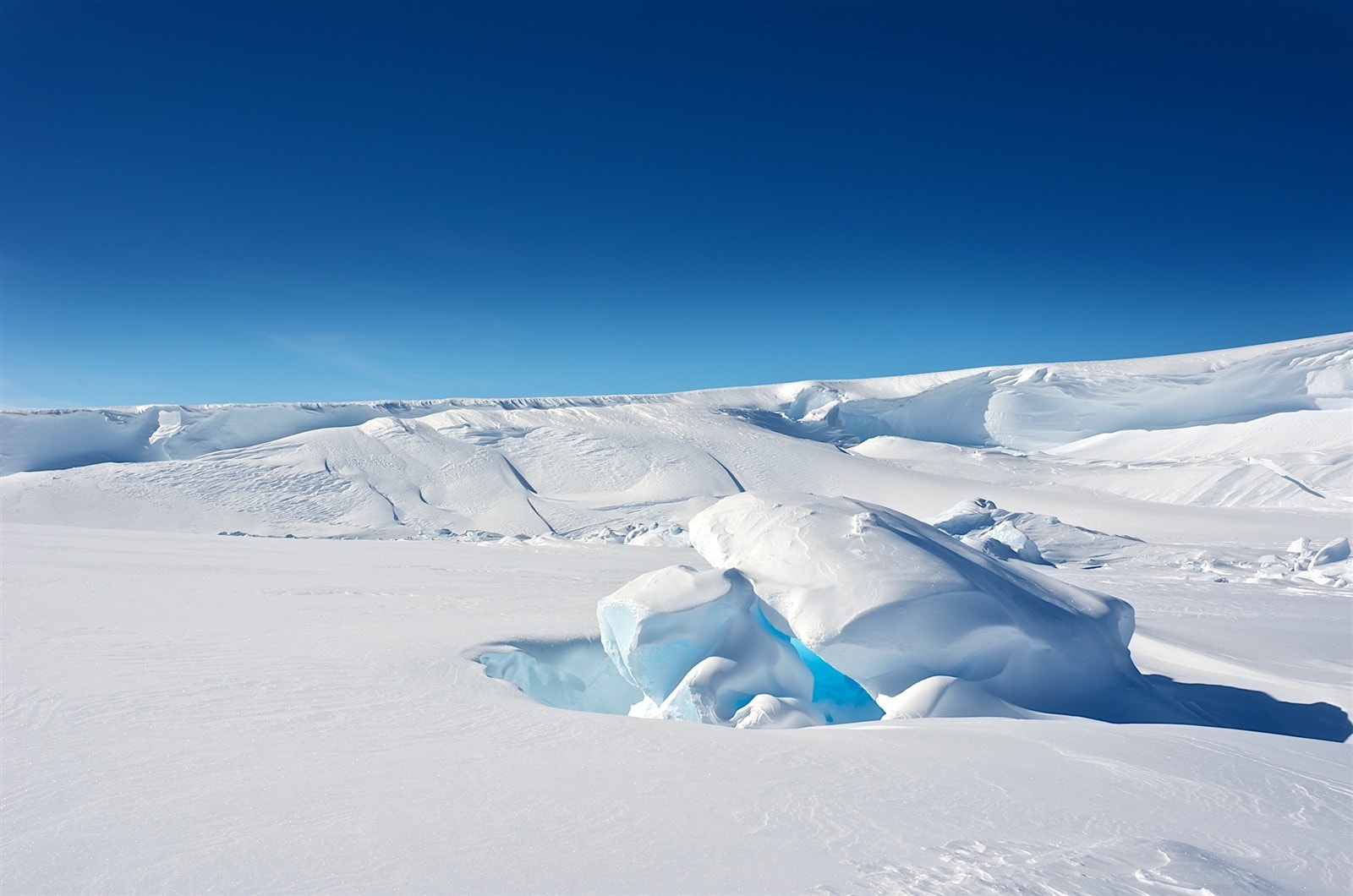
Did you know Antarctica is the largest desert on Earth? It’s not about heat—it’s about dryness. This icy desert barely sees precipitation, and its vast white expanse feels like stepping onto another planet. Think penguins and glaciers, not camels.
2. Arctic Desert (13.7 million sq. km)
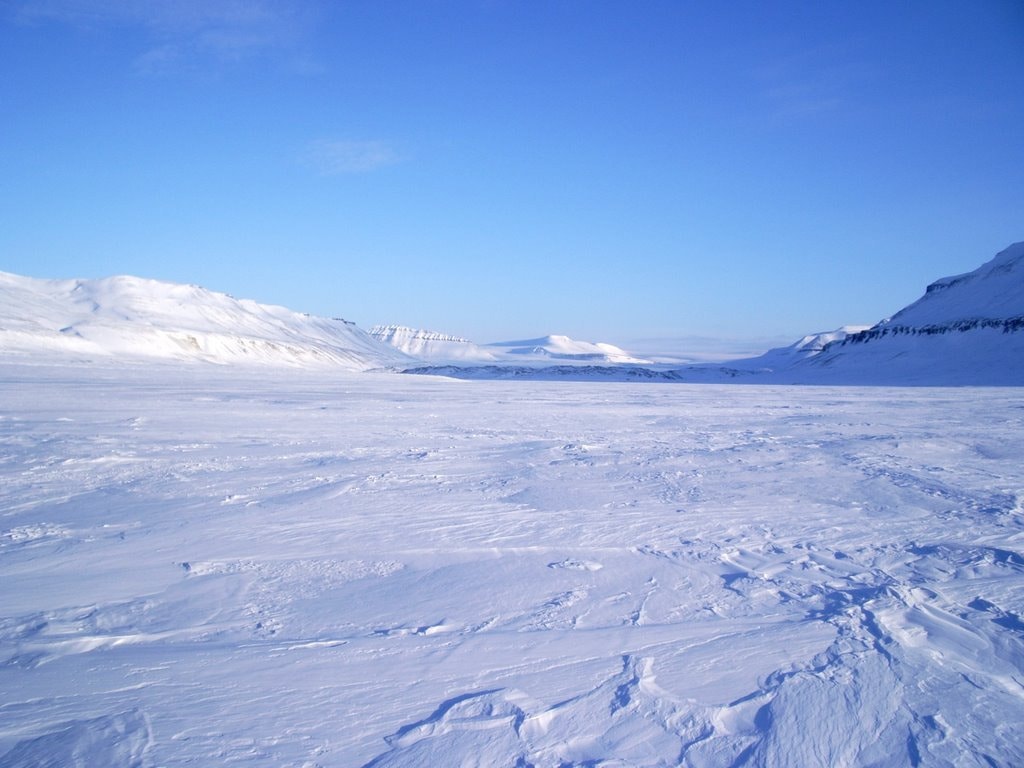
The Arctic is another ice-covered desert, stretching over parts of Canada, Russia, and Greenland. While polar bears roam here, it’s as harsh as any sandy desert, with freezing winds and minimal moisture.
3. Sahara Desert (9.2 million sq. km)
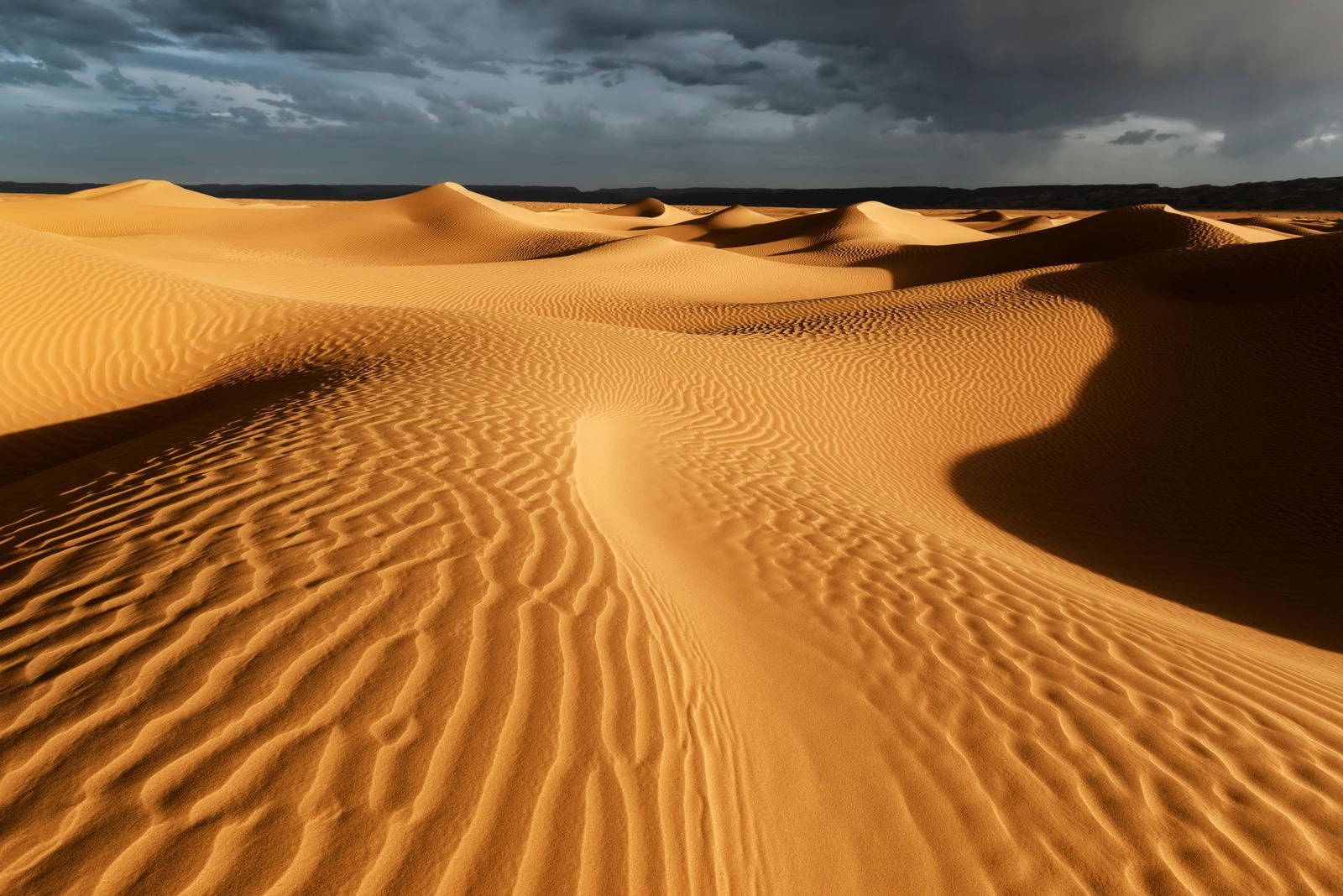
The Sahara isn’t just the largest hot desert; it’s a cultural icon. Covering North Africa, it’s home to towering dunes, rocky plateaus, and ancient trade routes. Ever heard of the Tuareg nomads? They’ve been navigating this harsh terrain for centuries.
4. Arabian Desert (2.3 million sq. km)
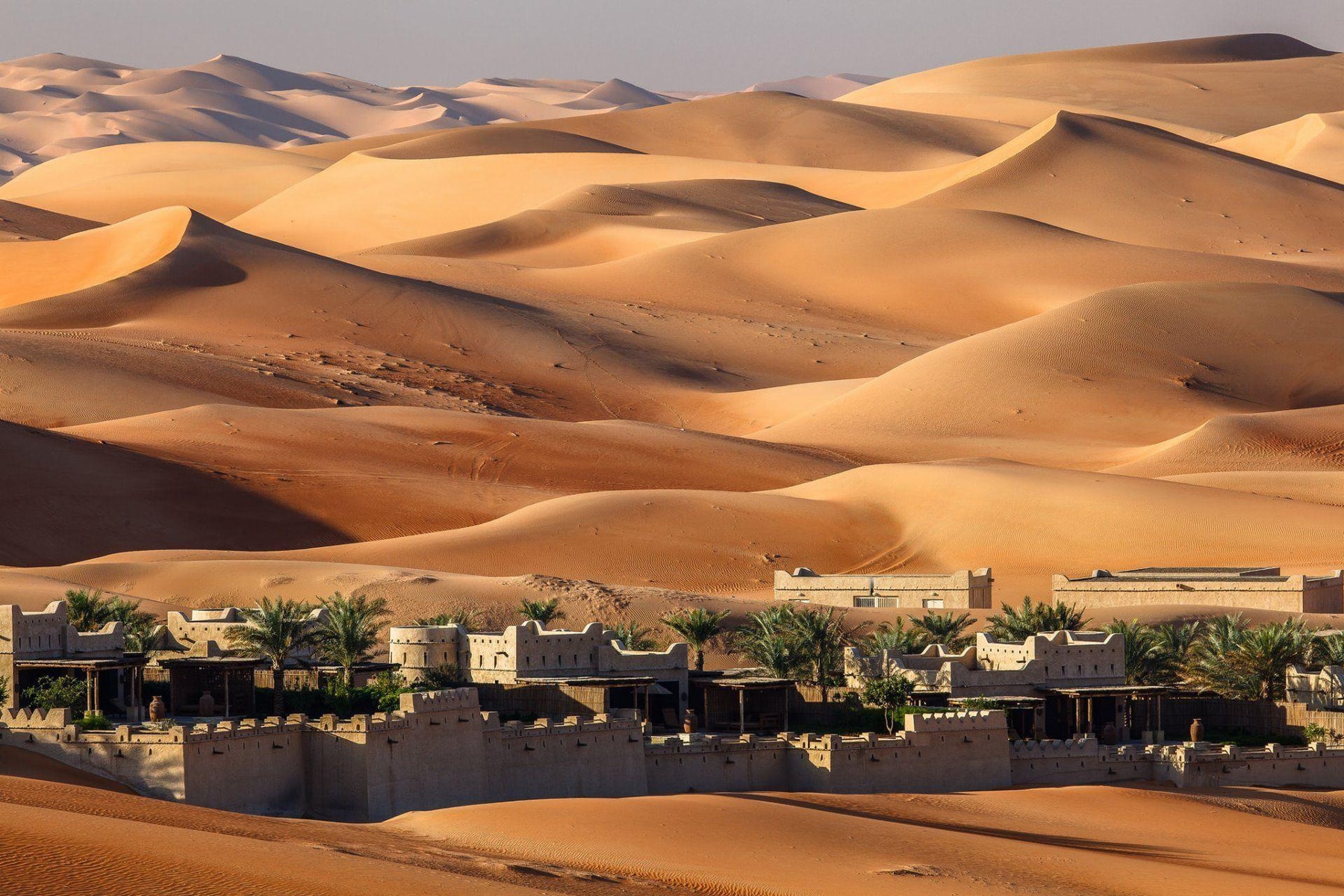
This desert spans Saudi Arabia, Oman, and Yemen. Famous for its Rub’ al Khali (Empty Quarter), it’s one of the most desolate places on Earth. But it’s also rich in oil—a hidden treasure beneath the sands.
5. Gobi Desert (1.3 million sq. km)
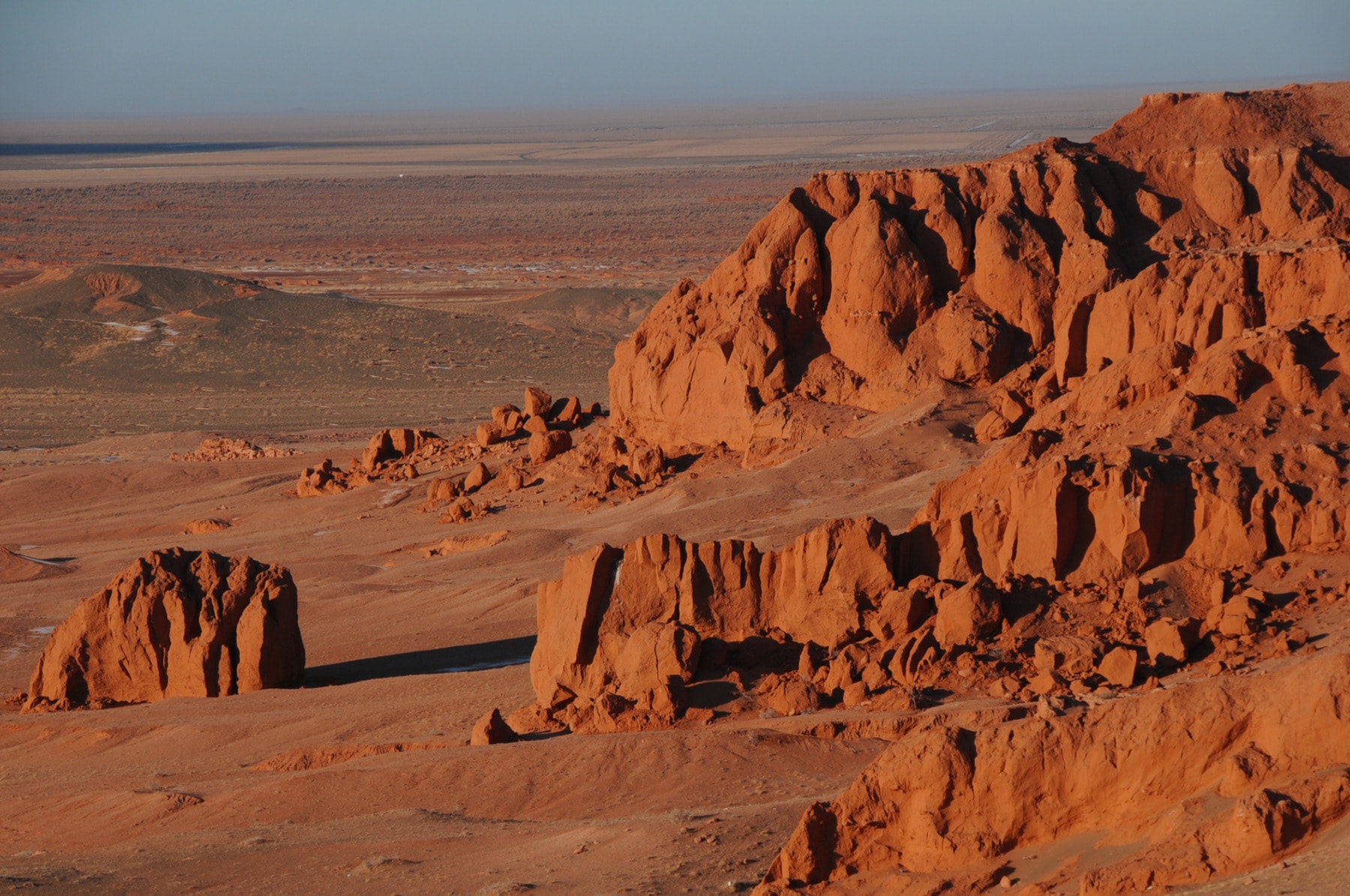
Stretching across China and Mongolia, the Gobi is a cold desert. Expect scorching summers and freezing winters. Fun fact: Dinosaur fossils are often found here, making it a hotspot for paleontologists.
6. Kalahari Desert (930,000 sq. km)
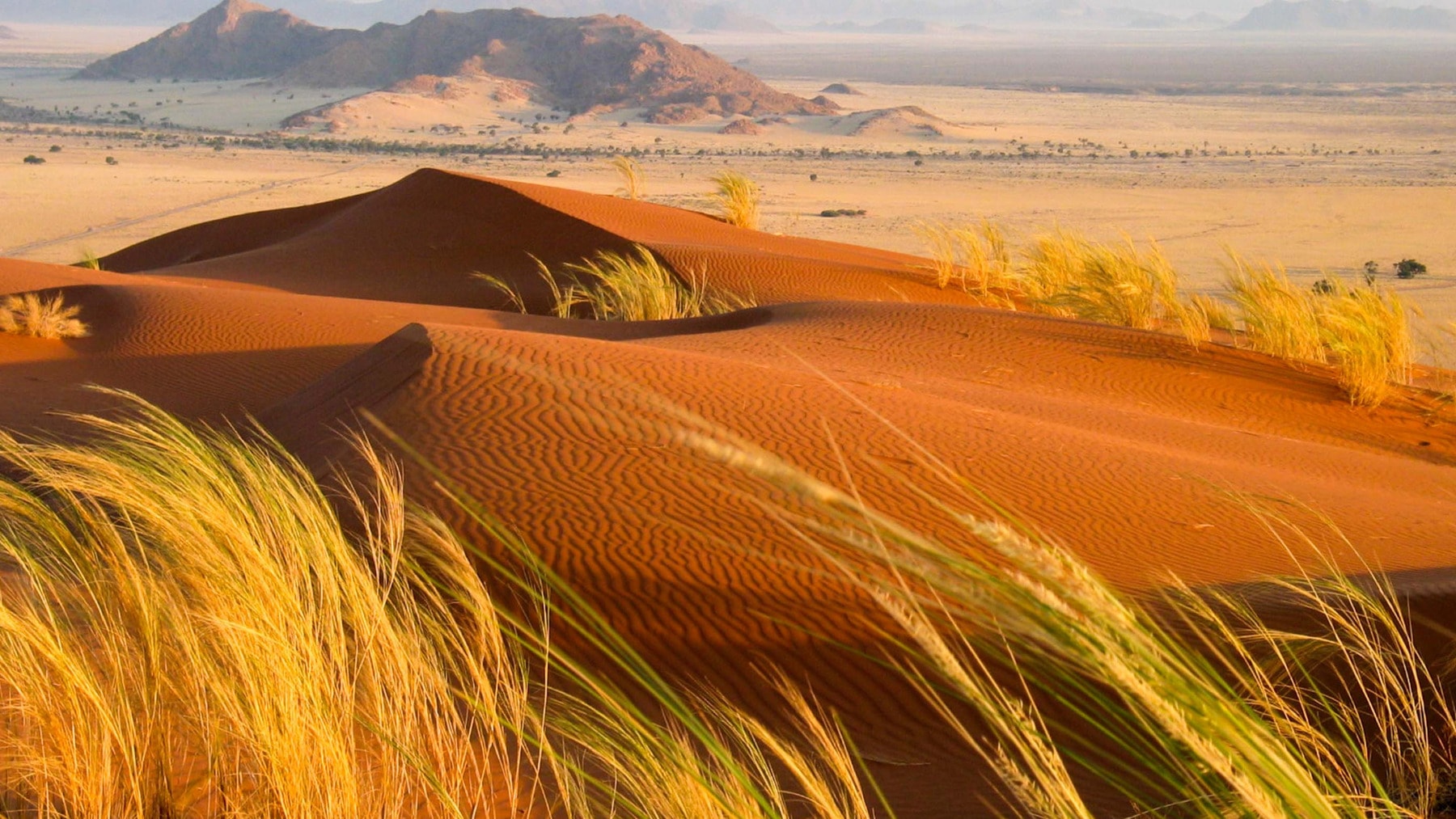
The Kalahari isn’t all barren. Found in southern Africa, it supports diverse wildlife like meerkats and antelopes, thanks to seasonal rainfall. It’s a great mix of arid land and life.
7. Patagonian Desert (620,000 sq. km)
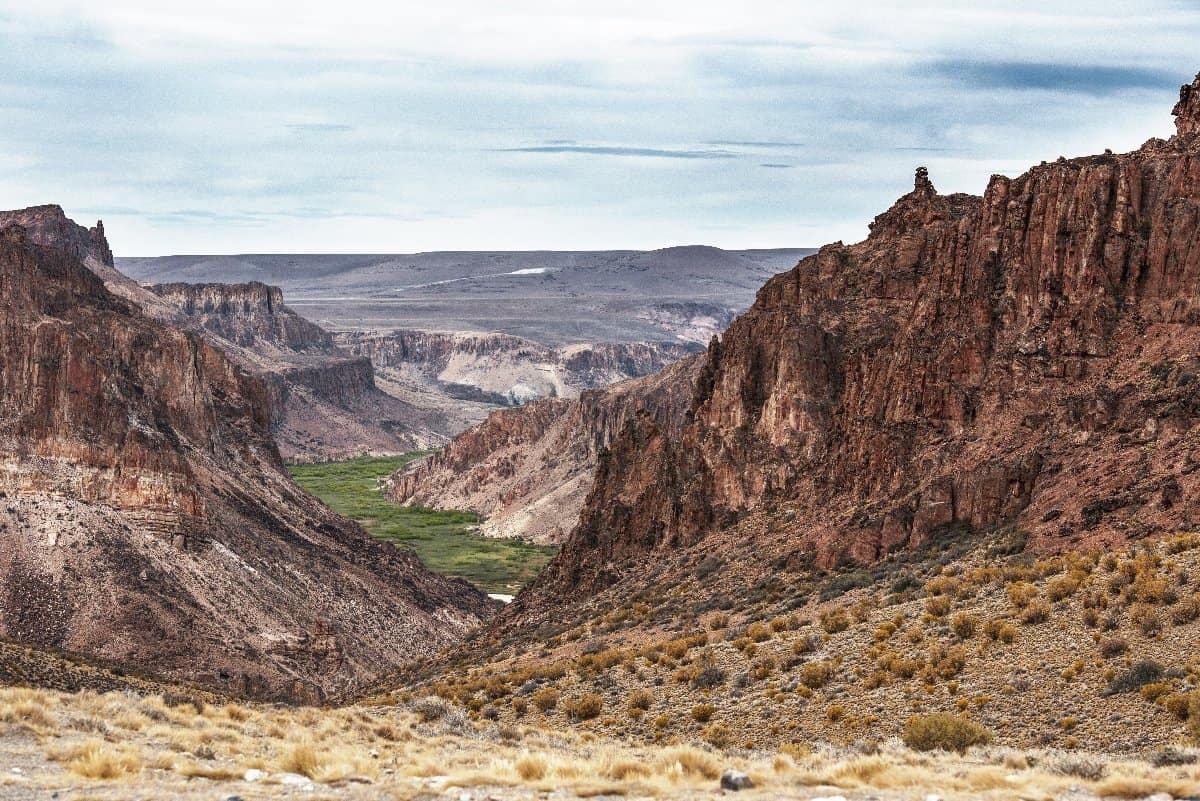
Argentina’s Patagonian Desert is a mix of stark beauty and rugged winds. It’s one of the world’s cold deserts, but wildlife like guanacos (a llama relative) thrives here.
8. Great Victoria Desert (647,000 sq. km)
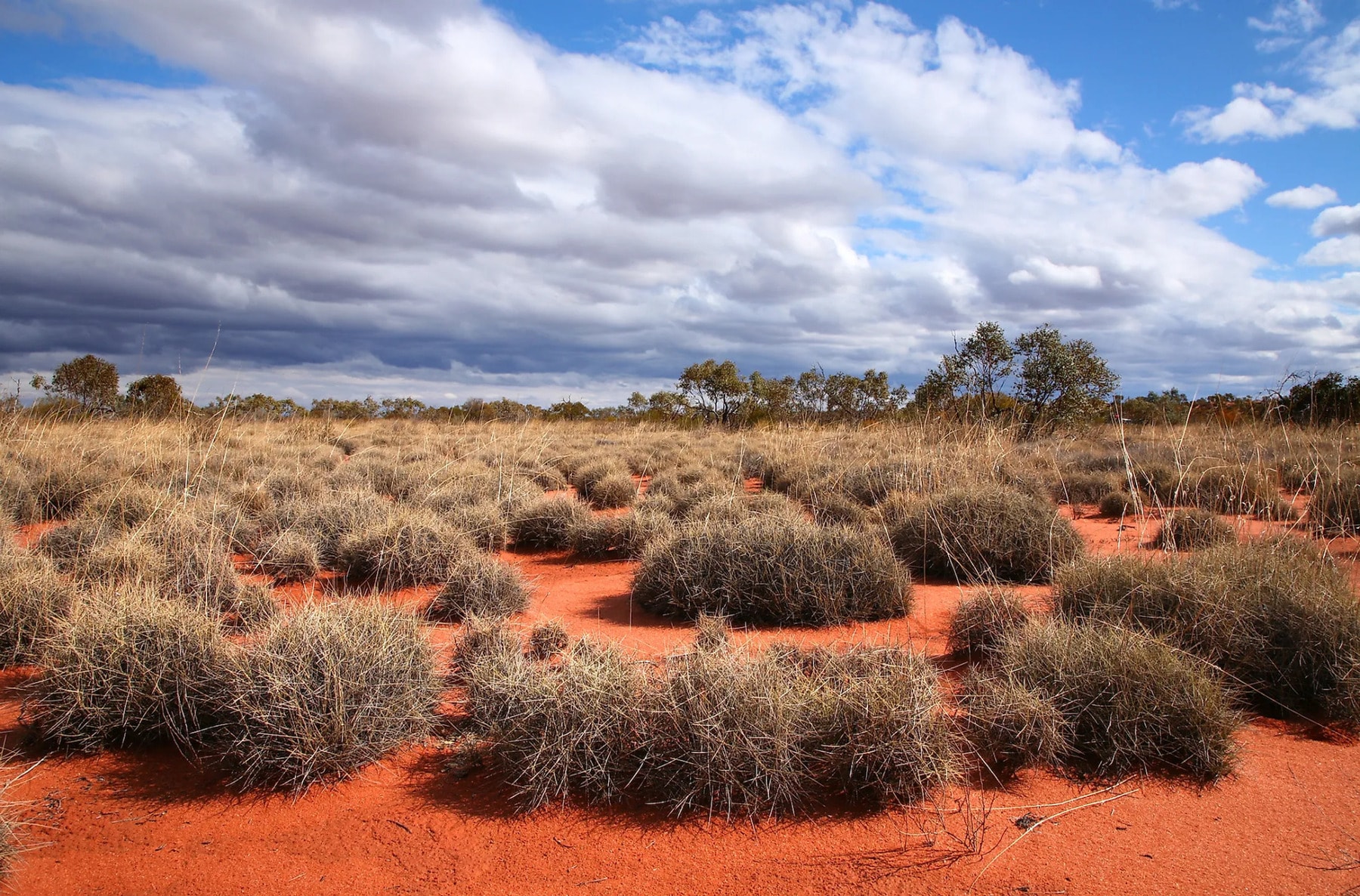
Australia’s largest desert is remote and wild. Home to unique plants like spinifex grass and Indigenous cultures, it’s a blend of nature and history.
9. Syrian Desert (520,000 sq. km)
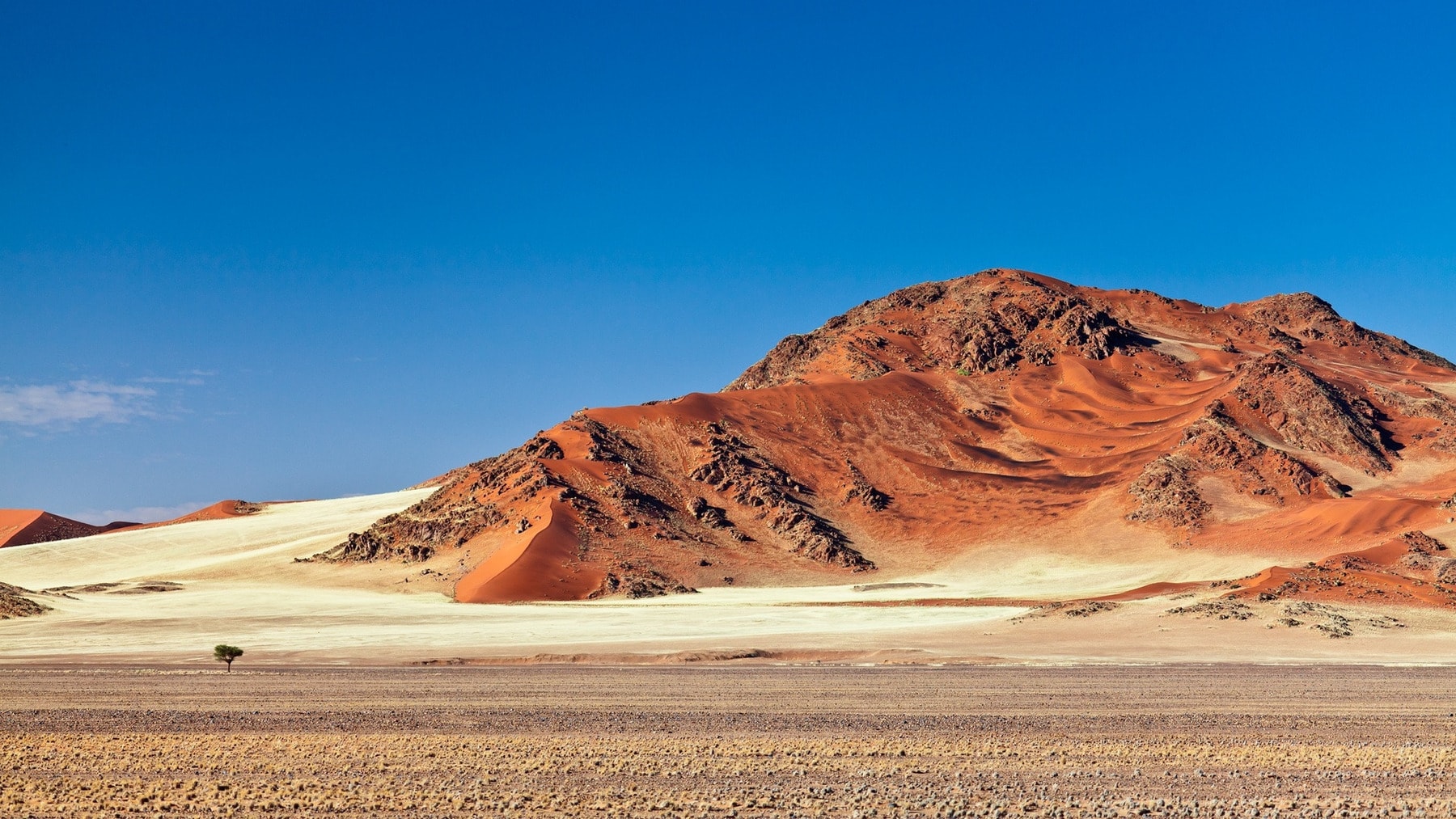
Found in the Middle East, the Syrian Desert is a mix of arid plains and rocky terrain. It has a rich history, with ruins of ancient cities like Palmyra hidden within.
10. Great Basin Desert (492,000 sq. km)
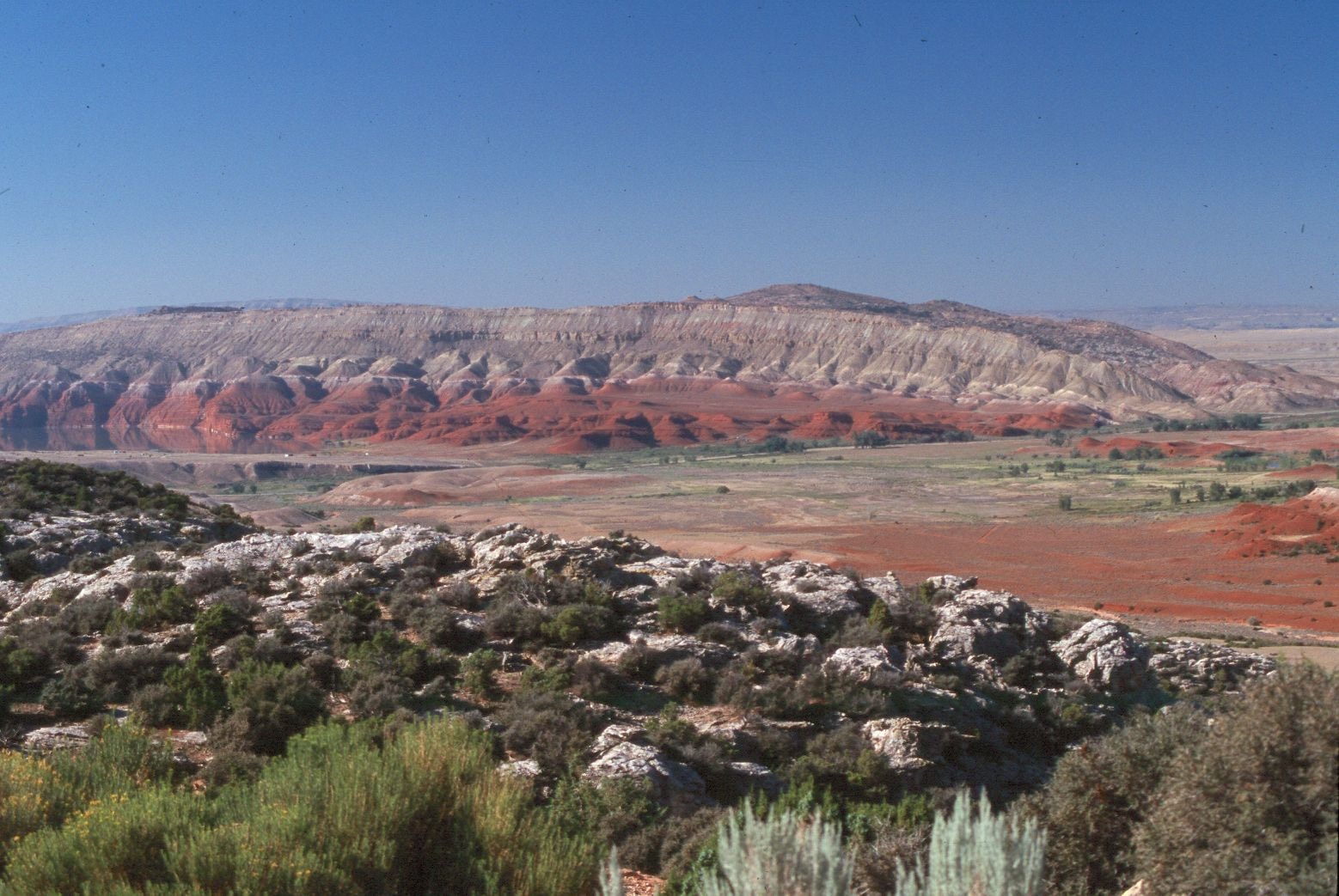
Located in the U.S., this cold desert spans Nevada and Utah. Known for its sagebrush-covered valleys, it’s also home to the famous Great Salt Lake.
11. Chihuahuan Desert (450,000 sq. km)
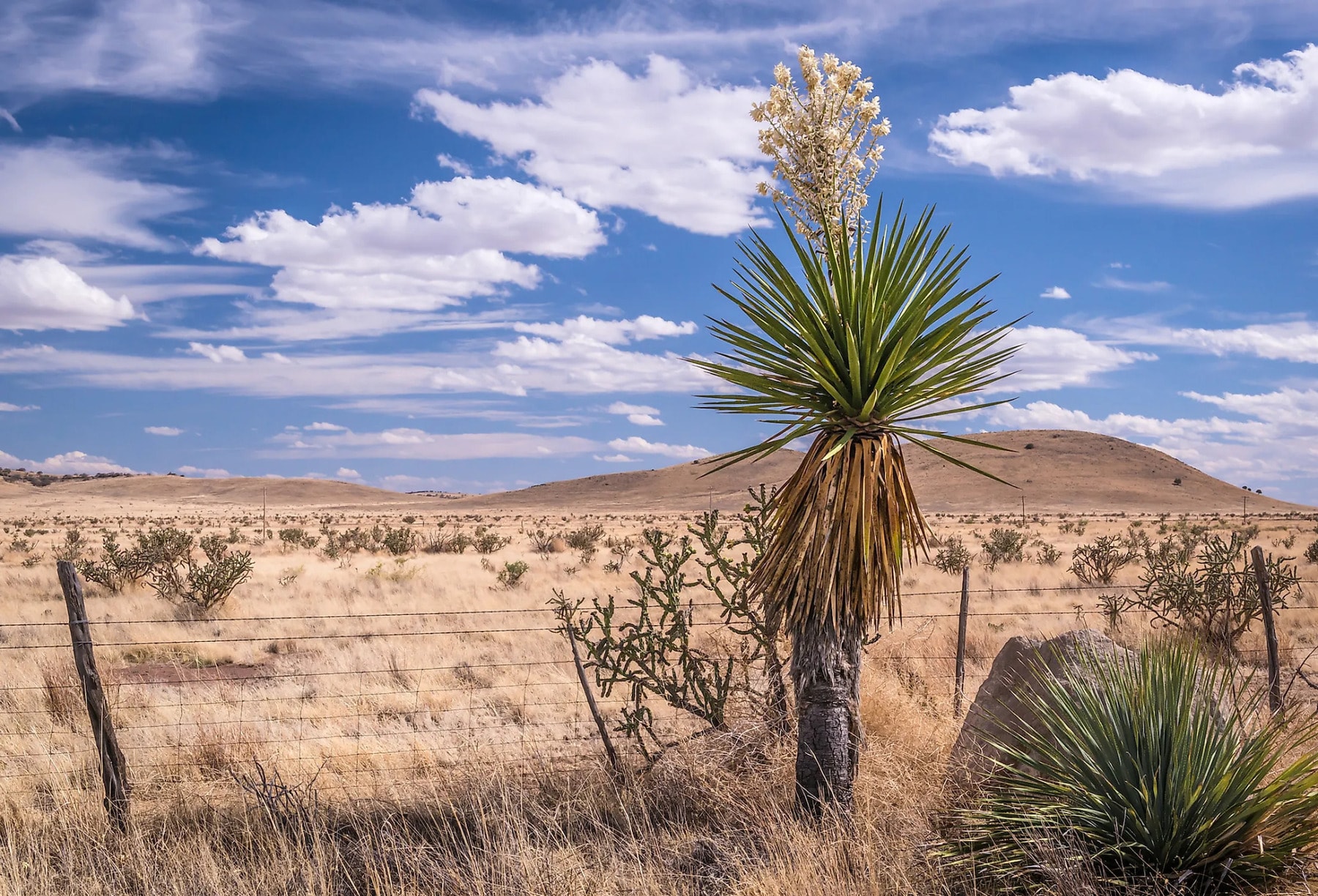
Straddling the U.S. and Mexico, this desert has more life than you’d expect. Think yucca plants, cacti, and even occasional wildflowers after rare rain showers.
12. Karakum Desert (350,000 sq. km)
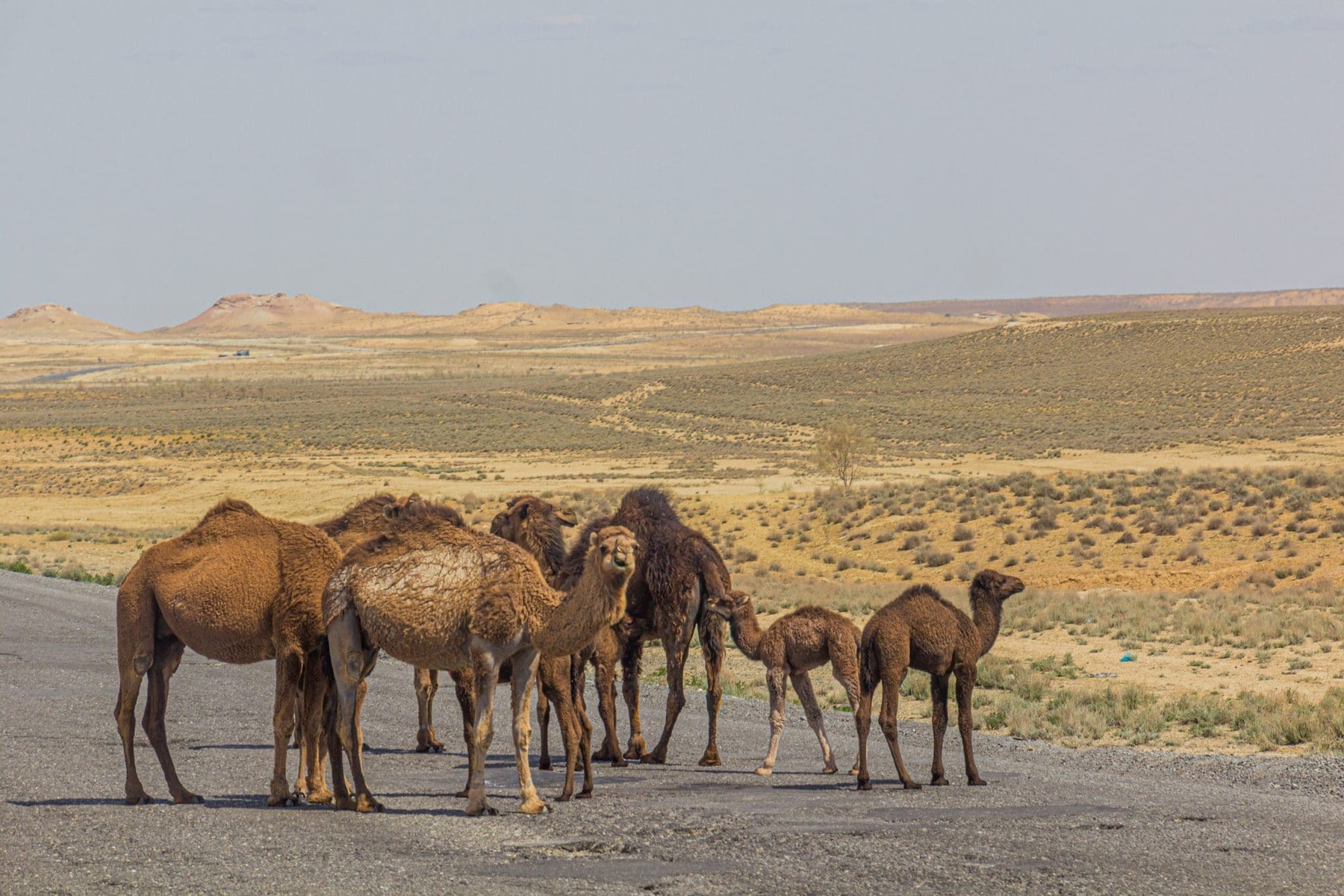
Turkmenistan’s Karakum Desert is full of surprises, including the Darvaza Gas Crater, famously called the “Door to Hell.” It’s a fiery natural gas crater burning for decades.
13. Thar Desert (200,000 sq. km)
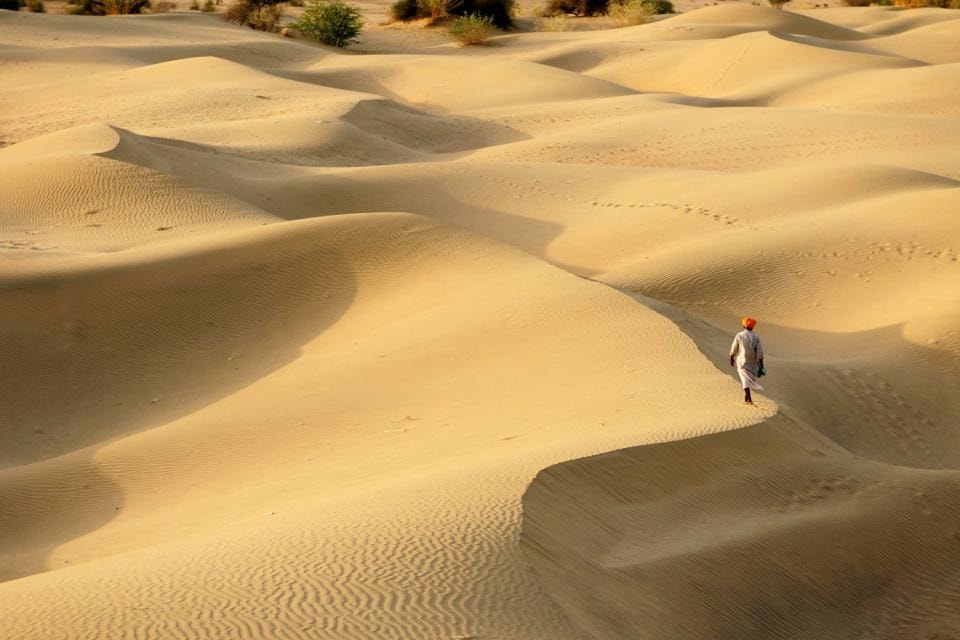
India and Pakistan share this vibrant desert. Known as the “Great Indian Desert,” it’s home to desert festivals, camel races, and even bustling villages.
14. Taklamakan Desert (337,000 sq. km)
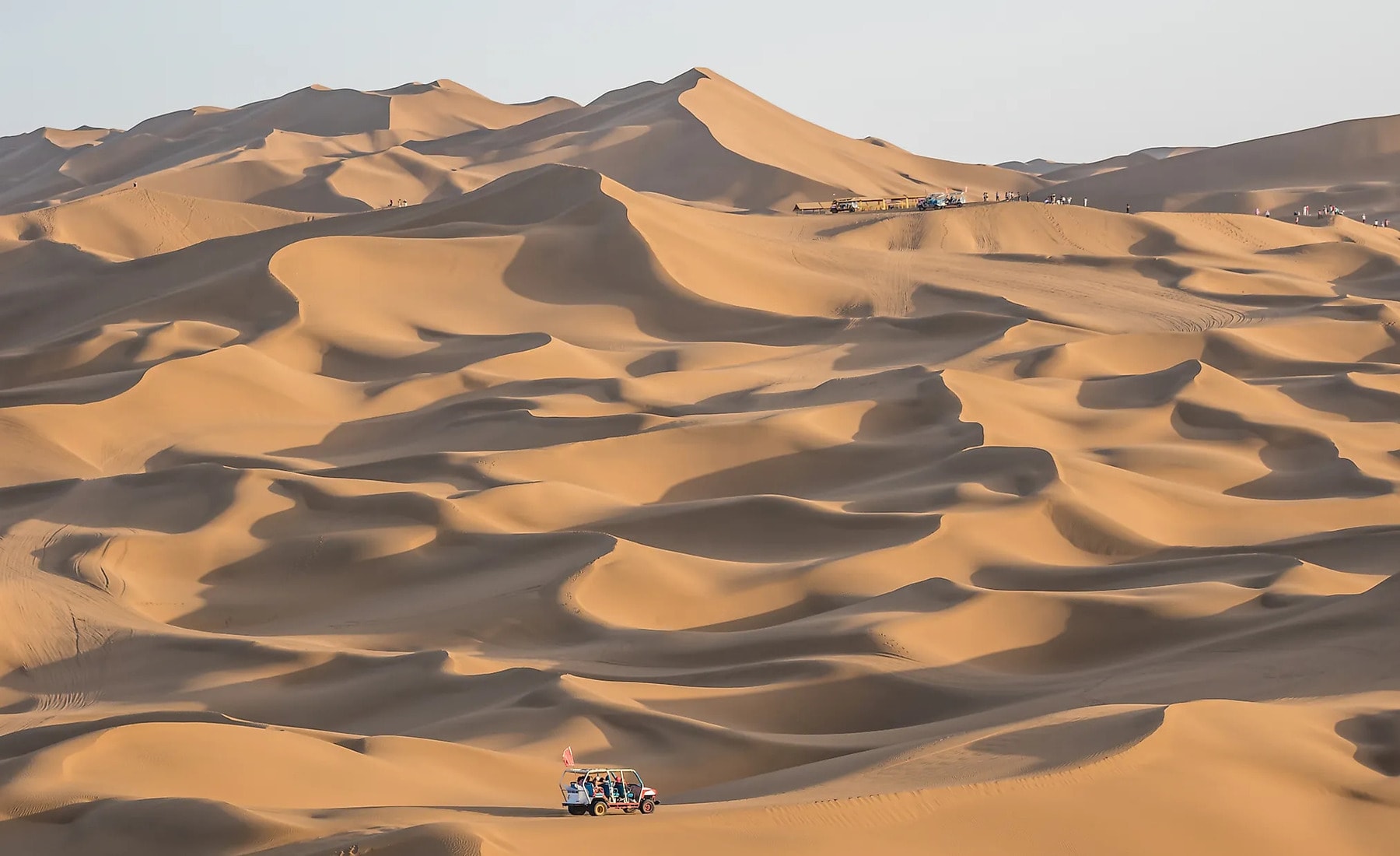
Located in China, the Taklamakan is called the “Sea of Death” due to its harshness. Yet, it played a crucial role in the Silk Road trade routes, connecting cultures across Asia.
15. Sonoran Desert (310,000 sq. km)
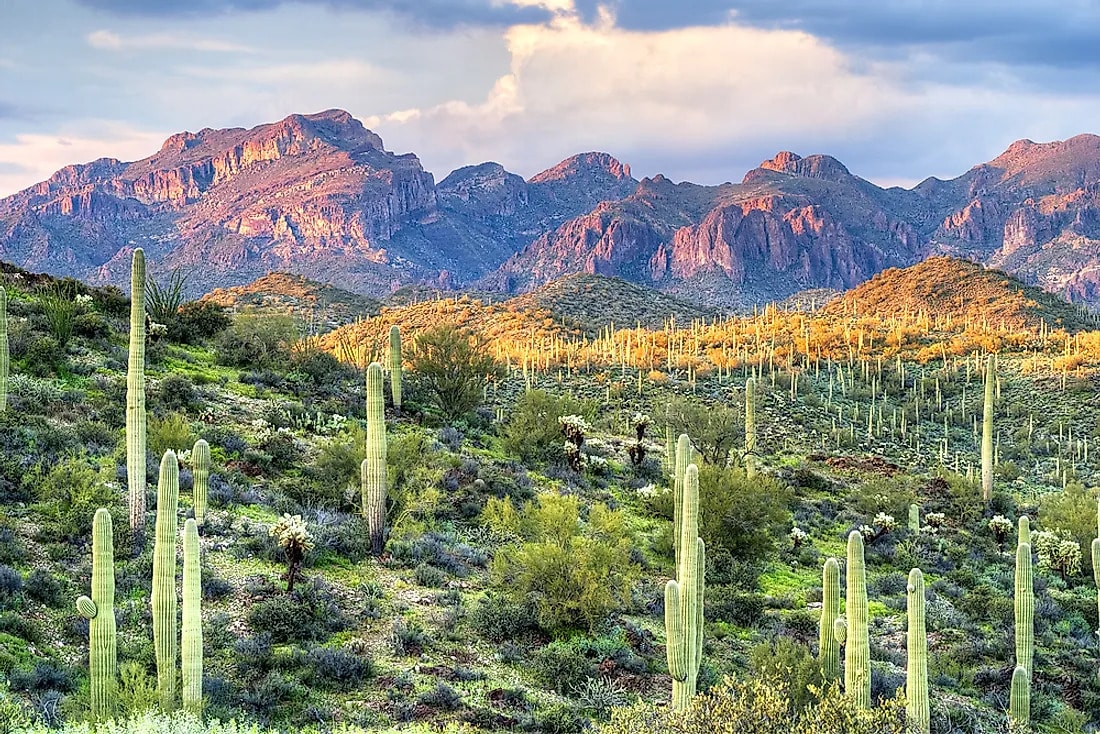
Stretching through Arizona, California, and Mexico, this desert boasts the iconic saguaro cactus. It’s also home to unique wildlife like roadrunners and Gila monsters.
Deserts challenge what we think about life and survival. Whether it’s the icy expanse of Antarctica or the fiery sands of the Sahara, they remind us of Earth’s diversity and resilience. And honestly, they’re just beautiful in their own way.
Which one of these deserts would you love to explore? Let us know in the comments on TravelersNetwork and share your own desert adventures!

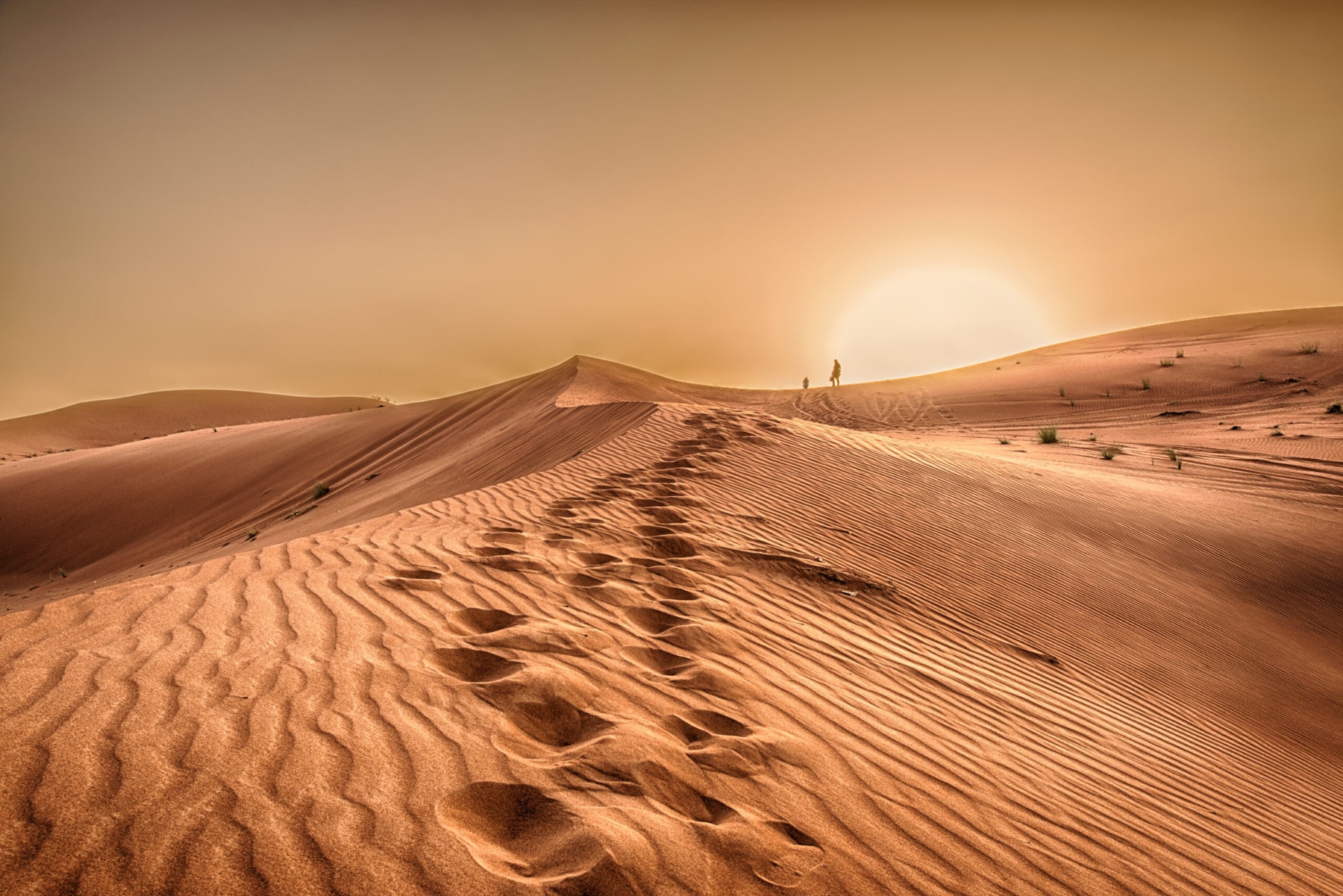
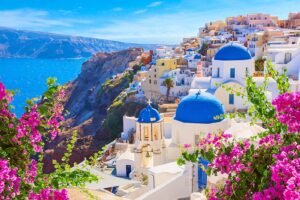
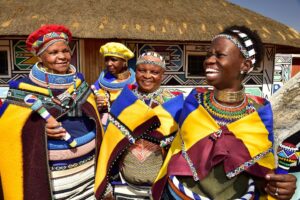


Leave a Reply